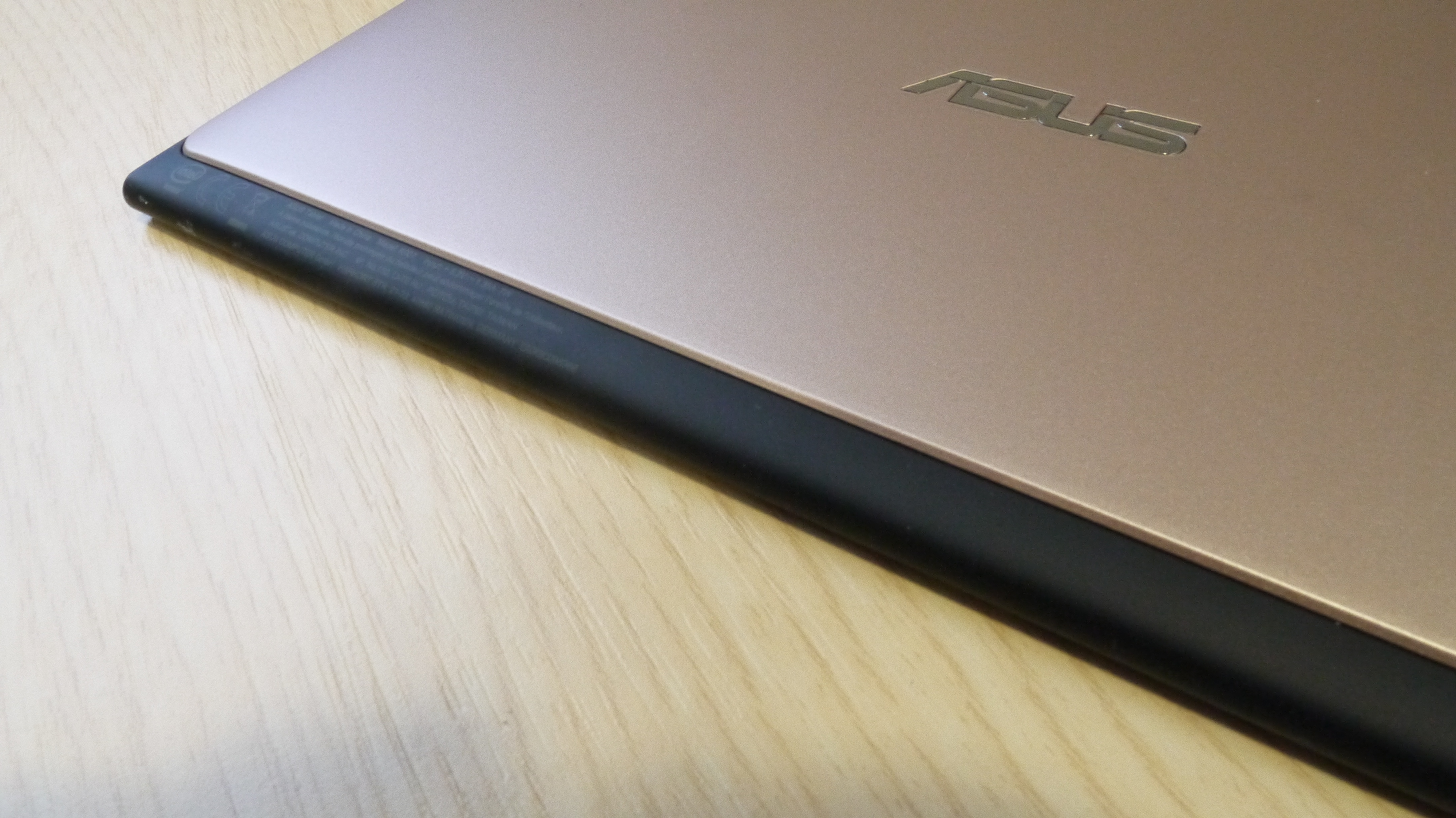TechRadar Verdict
A solid, if unremarkable tablet that carries on the good work Asus did with Google's Nexus 7 without really adding anything new to the experience.
Pros
- +
Good screen
- +
Respectable power
- +
MicroSD storage
- +
Attractive design
Cons
- -
Lots of pre-installed apps
- -
Not much volume
- -
Average camera
- -
Annoying bezels
Why you can trust TechRadar
When Asus built the Nexus 7 for Google, it produced one of the best budget tablets we'd seen. Clearly the Taiwanese manufacturer knows better than to mess with a winning formula.
The Asus MemoPad 7 ME572C then, is the spiritual successor to the Nexus 7 and builds on it without really adding anything new.
Currently the MemoPad 7 is only available at John Lewis for £179.95, putting it in a similar price range to the Amazon Fire HDX 8.9 (£199) and LG G Pad 8.3 (£169) but above the popular Tesco Hudl 2 (£129).
Since Asus released the original Nexus 7 back in 2012, the market for budget Android tablets has changed pretty significantly. The falling price of components coupled with Android's maturity as an operating system has resulted in capable devices even at the sub-£150 mark.
That means that attaching a "great value" tag to the MeMoPad 7 ME572C might be a bit premature. To be fair, Asus does have a cheaper, entry-level version of the MeMoPad 7 (available for £99) with a different design and lower specs.

However, if you're willing to put up a little bit more cash, the Asus MeMoPad 7 ME572C has much to offer. It's got a great Full HD (1,920 x 1,200) screen, quad-core Intel Atom processor, 2GB of RAM and 16GB of storage (upgradable via microSD).
Where the difference really lies between this and the cheaper tablets in the MeMoPad range is the design. Asus has trimmed the chassis down to 8.3mm thin (last year's Nexus 7 measured 8.65mm thin) and kept the weight to 269g.
Asus has given the chassis a "clutch bag-inspired" design that overlays the matte, rubberised edging with a metallic back plate that comes in a choice of three different colours.

My review unit came in gold, but red and black are also available. I liked the design of the MeMoPad 7 because, to me, it aspires to be more than just another budget tablet.
I appreciate that gadget aesthetics are highly subjective, but in this case I think Asus has put together a nice looking device.

Lined up next to the Nexus 7, the Asus MeMoPad 7 ME572C looks very similar although the corners are squared off rather than rounded. The chunky bezels, unfortunately, are quite noticeable and do blemish the design. A year on from the Nexus 7 it would've been nice if Asus could find a way to shrink these.
Also, if we're talking pure practicality then there's an issue with the nice-looking rear design: it's not as easy to grip as the matte backing on the Nexus 7. I didn't drop the MeMoPad during my time with it, but it doesn't feel as comfortable to hold as Asus' previous effort.

The camera and button placements are also identical to the Nexus 7. So the front-facing 2MP camera is slightly off-centre on the (when in landscape) left hand bezel while the rear-facing 5MP camera is in the top right hand corner.
The power switch and volume rocker are lined up together on top of the tablet within easy reach of your left hand when you're holding it in landscape.
The buttons are given the same rubberised coating and have a reassuring amount of travel. On either end of the MeMoPad 7 ME572C is the microUSB charging port and 3.5mm headphone jack.

The only other port is the uncovered microSD slot letting you expand the storage up by 128GB. The lack of expandable storage was a big drawback on the Nexus 7 and it's good to see it added here.
There's nothing intrinsically wrong with the design of the Asus MeMOPad 7 ME572C but it feels a bit like retreading old ground. If you lay this tablet face-up next to a Nexus 7, it's almost impossible to tell the difference.
Making the new tablet thinner and lighter is a good start but it doesn't feel like Asus has done anything different here. There's little point in fixing a winning formula, after all. But it means if you've already got a Nexus 7, there's no real reason to upgrade.
